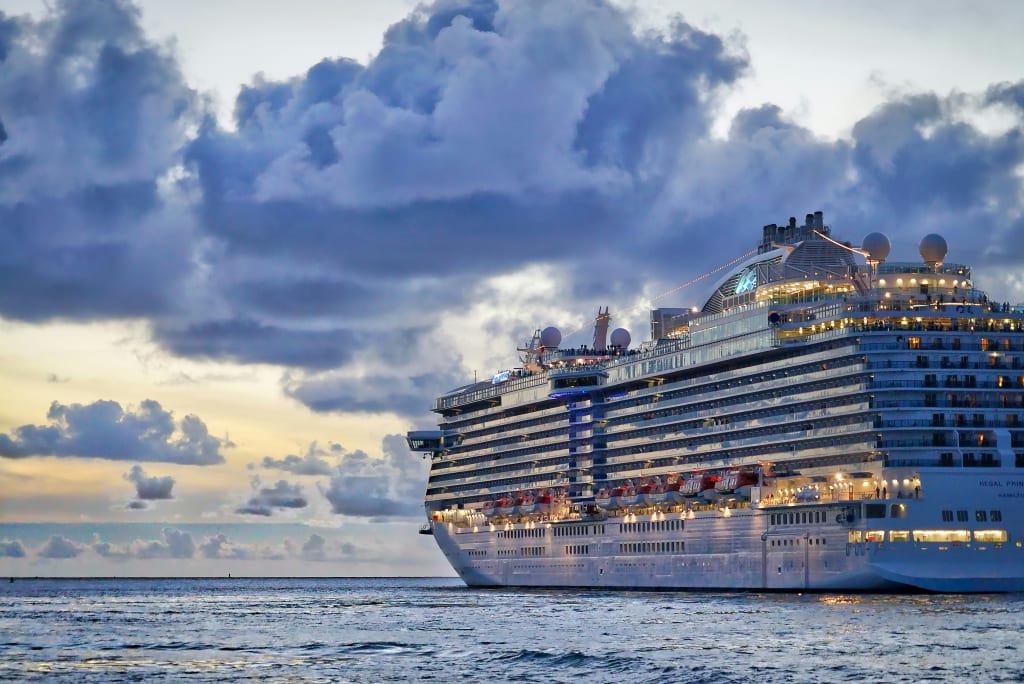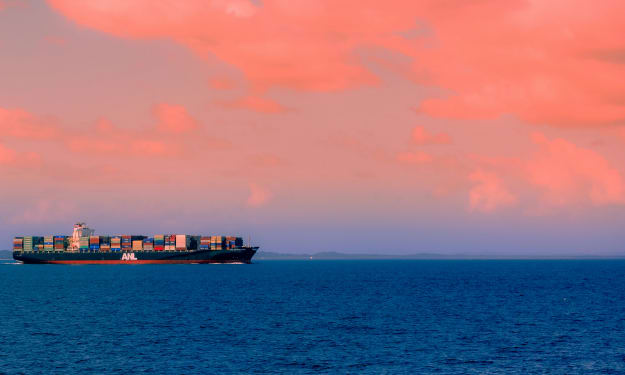Cruise Ships: History, Crew Secrets, and Sustainable Practices.
Interesting Facts About Cruise Ships That Will Make You Want to Set Sail

Ships have been around for at least 6,000 years, dating back to ancient Egypt. In the beginning, they were used for business purposes only, mostly trading and exploring. Ships as an attraction only became a thing a bit over a hundred years ago. You might think it was the infamous Titanic, but you'd be wrong.
The first cruise ship that took passengers on a voyage was a German ship called Princess in Victoria Louisa. It was launched in 1900 and served for six years. Of course, now they are more advanced and last longer. Around 30 years after that use-by date, it's no longer safe to travel due to metal fatigue, most often of the ship's hull.
Since ships don't have too long of a lifespan, it makes sense to build them big. I mean big, so they can accommodate as many passengers as possible. Your average cruise ship is a thousand feet in length or approximately three times as big as a football field. They're also tall enough to require elevators. They're also filled with different facilities like restaurants, pools, and many other fun activities.
Right now, the biggest cruise ship in the world is called Wonder of the Seas. It's 1187 feet long, has 18 decks, and can host almost 7,000 non-crew passengers. It has eight different neighborhoods, 20 restaurants, four pools, a water park, a full-size basketball court, an ice skating rink, rock climbing walls, and even a theater. So, it's basically a floating city.
Some people are permanent cruise ship residents. There's a luxury ocean liner called The World that offers permanent residence to 165 people. These people sail almost every day and never live in one place.
Cruise ships are enormous, and if you build them at once, they won't fit anywhere. So, the ship is constructed part by part, prefab, often by different companies. Cruise cabins are built separately, and then they're added to the ship at the shipyard.
Such huge ships sure have big anchors. An average anchor weighs like four grown elephants. The crew members try to avoid dropping the anchor when possible because such a massive thing can severely harm the ecosystems at the bottom of the sea.
With around 2,000 cabins on average, it's impossible to ensure that every cabin has a window for the voyagers to observe the sea. So, cruise ships found a solution. Interior cabins that don't have windows have virtual balconies that transmit real-life images from the outside of the ship.
Depending on where your cabin is located, even if you get a cabin with a virtual balcony, you still have better accommodations than the crew members. They reside in a so-called B deck, which is located in the lower part of the ship below the water line. There are dorm-style rooms with a bunch of bunk beds and lockers.
Crew members use secret code words to communicate without passengers knowing. For instance, "alpha" or "star code" indicates a medical emergency, and "bravo bravo bravo" means there's a fire on the ship.
You can't bring certain items on board because they pose a threat. These include candles, clothes irons, travel steamers, and hot plates. Everything that produces flame or heat is forbidden, except for curling irons and hair straighteners.
Since thousands of passengers and crew live on board for weeks, and ships spend days in the open sea, a lot of waste is produced. But dumping trash in the sea is illegal. So, all the waste is taken to a recycling station on a crew-only deck where it is crushed and stored until the ship can send it to a recycling station on land.
Food waste is taken to a hydroprocessor where it's crushed into small pieces and burned. Florida is the cruising capital of the world, with five ports where most cruise ships depart.
Cruise ships are slow because they move huge amounts of water. They travel at an average speed of 20 knots, which is just 23 miles per hour. When something is put in the water, it displaces the amount of water that is equivalent to its weight. Since ships displace thousands of tons of water, they create a drag that slows them down.
Still, in a year, cruise ships sail around the equivalent of three times around the world. That's a lot of travel and adventure for those who love the sea.
About the Creator
Enjoyed the story? Support the Creator.
Subscribe for free to receive all their stories in your feed. You could also pledge your support or give them a one-off tip, letting them know you appreciate their work.





Comments
Test is not accepting comments at the moment
Want to show your support? Send them a one-off tip.